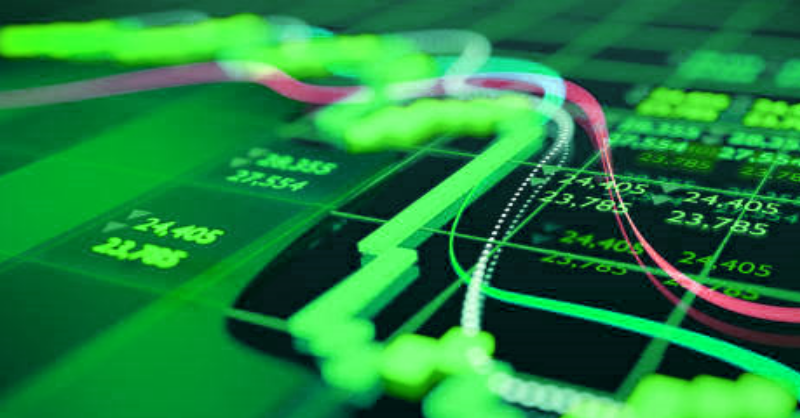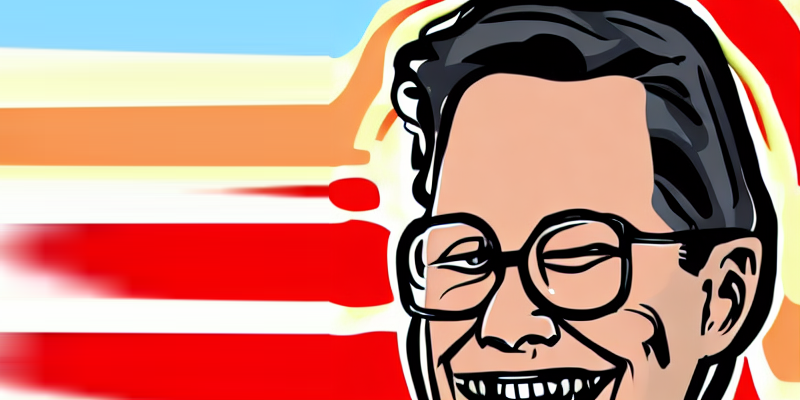
RYAN TYLER
How Many More Bloodbaths Will Markets Face?
2022 was a turbulent year for investors, but there may be a lot more pain coming.
This website uses cookies to ensure that you have the best possible experience when visiting the website. View our privacy policy for more information about this. To accept the use of non-essential cookies, please click "I agree"



RYAN TYLER
2022 was a turbulent year for investors, but there may be a lot more pain coming.

RYAN TYLER
For too long, Albertans have been allowed to get away with choosing a middle ground.

STEVE PARKER
The new Conservative leader made big promises on the leadership trail.